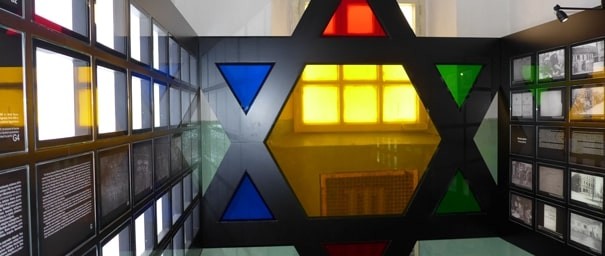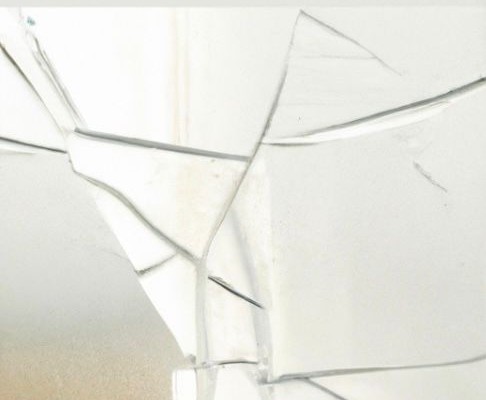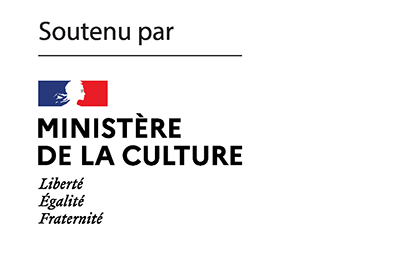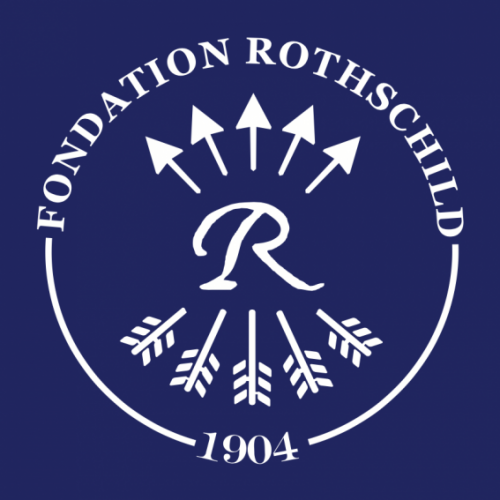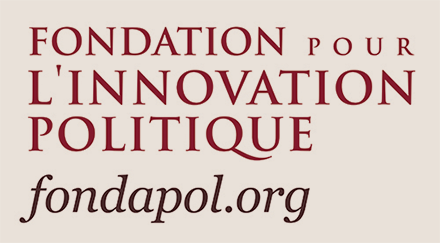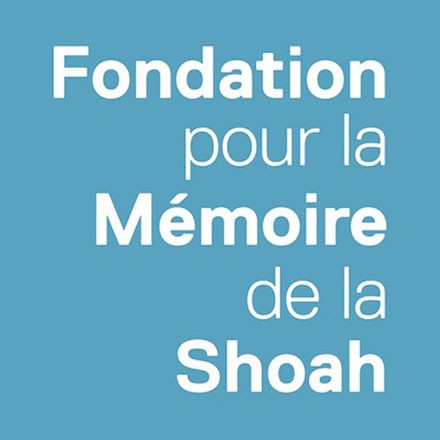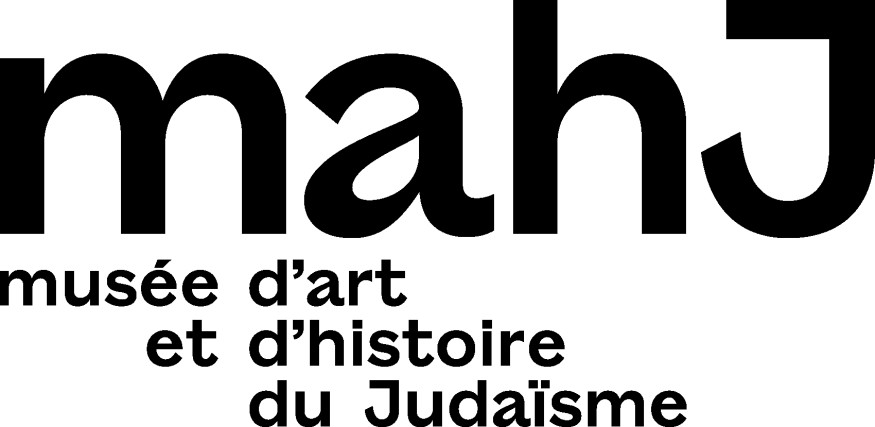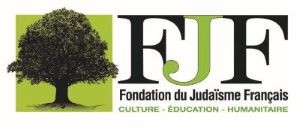It’s December. Christmas movies are already invading television programs. They show happy families preparing for the holidays and decorating the Christmas tree. The world is flooded with the spirit of goodness. Santa Claus is about to distribute his gifts to a humanity of excited children. Fortunately, on the margins of these mainstream Christmas movies, American cinema has produced a few other films that are powerfully critical and have fun deconstructing the genre they belong to. Rather than spreading the Good News, these sarcastic rebels tear down the Christmas tree and turn the Nativity Day celebration upside down: the world that one fantasizes to be harmonious turns out to be chaos, Santa Claus is a bad guy (like, for example, in Bad Santa, produced by the Coen brothers) and, in these films, not only does good not take place, but a ” evil of Christmas “, according to Danny Trom’s expression, appears. His text analyses Gremlins, the famous horror film directed by Joe Dante and produced by Steven Spielberg in 1984, as a metaphor for a form of persecution and a possible model for a Jewish Christmas movie…
In 1992, a Museum of Genocide Victims was opened in Vilnius. But, contrary to what its name might suggest, it was not about the Nazi occupation and the Holocaust, but about the Soviet occupations. The victims of ‘genocide’ in this case were the victims of the alleged Soviet genocide against the people of Lithuania. Almost twenty years after its creation, in 2011, the museum added an exhibition about the Holocaust. Was this to repair an omission? The museum had indeed been criticized for its silence on the Nazi period. Yet, as Ljiljana Radonić demonstrates in K. this week, this “repair” is only surface-level: the remembrance of the destruction of the European Jews is like an attempt to contain the memory of the Holocaust so that it does not threaten the victimizing memory of the majority of Lithuanians… This example is emblematic. In her text, the researcher, who works on the memory of the Second World War in post-communist museums and memorials, revisits a certain use of the reference to the Holocaust that is in vogue in the memory of twentieth century crimes in Eastern Europe.
More than a year ago, Mona El Khoury gave us a short story in the form of autofiction in K. – “Mamie Louche” – in which she recounted the multiple identities that intersected within her. Her short story, which appears this week, is a sequel that she never imagined she would have to write: “The discordance between them, latent since her American years, became manifest when, the previous year, she published in a “Jewish magazine” – as he had said in a reproachful tone – her story “Mamie-louche” about her grandmother and her Marrano Jewishness. Since then, a fault line has opened up, gradually separating two people who believed in the eternity of their dance together.”

